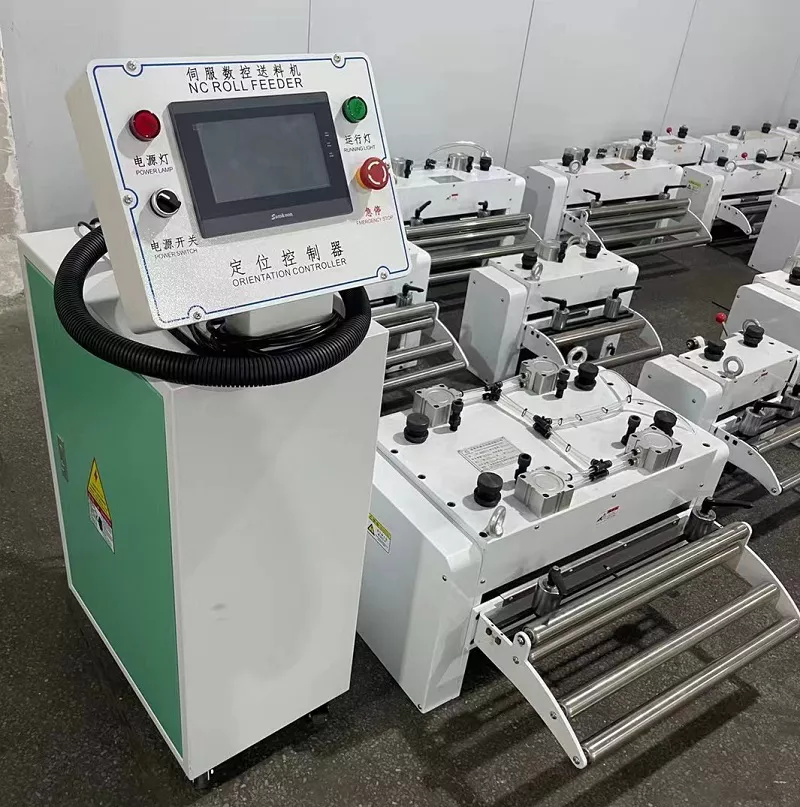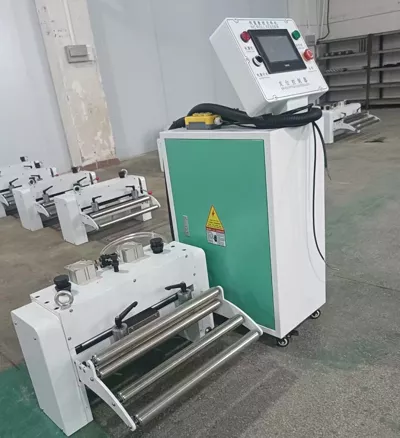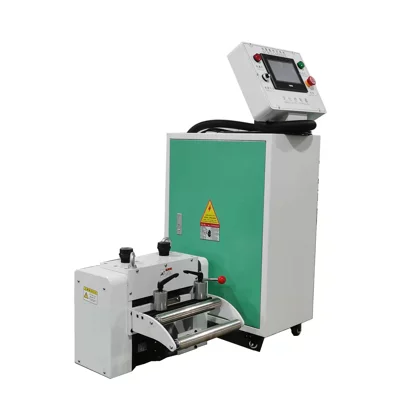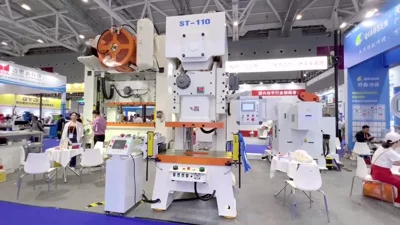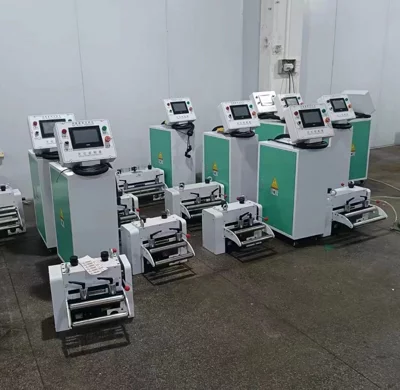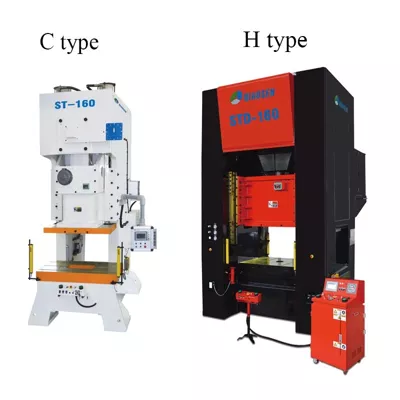1.Secure the mounting plate of the punch feeder to the side of the punch's lower table. Ensure proper installation of the punch's servo feeder.
2.Align the board with the center position of the T-slot on the table top, drill four M16 holes on the side of the table plate according to the holes on the mounting board, and then secure it in place.
3.Use a forklift or crane to raise the head of the punch press's servo feeder, aligning and fixing it in the keyway of the mounting plate on the table. Secure the head with the appropriate bolts.
4.The sliding plate of the fixed punch precision servo feeder usually has an adjustable range of approximately 100mm for fine-tuning. Once the punch is installed with the mold, loosen the two bolts on the sliding plate, and adjust the bolts fixed on the mounting plate based on the mold. Adjust the feeding height of the punch's servo feeder, and then tighten the bolts.
5.Set the relaxation of the press machine and the feeder. If the installed feeder is a pneumatic feeder, connect the relaxation signal line to the punch's cam group. Adjust the servo feeder of the punch to be in a relaxed state when the punch's stroke is close to 180 degrees. If a mechanical punch feeder is installed, install the release rod at the corresponding position on the punch slider. (Note: If the stamping material is thin and there is a distance between the support plate and the lower die, install a guide plate to prevent skewing during feeding)
6.Connect the feeding signal line to the punch's cam, and set the coil feeder to start feeding when the punch's slider is at 270 degrees. If the punch does not have a cam group, add a micro switch or proximity switch for automatic feeding and relaxation of the feeder.
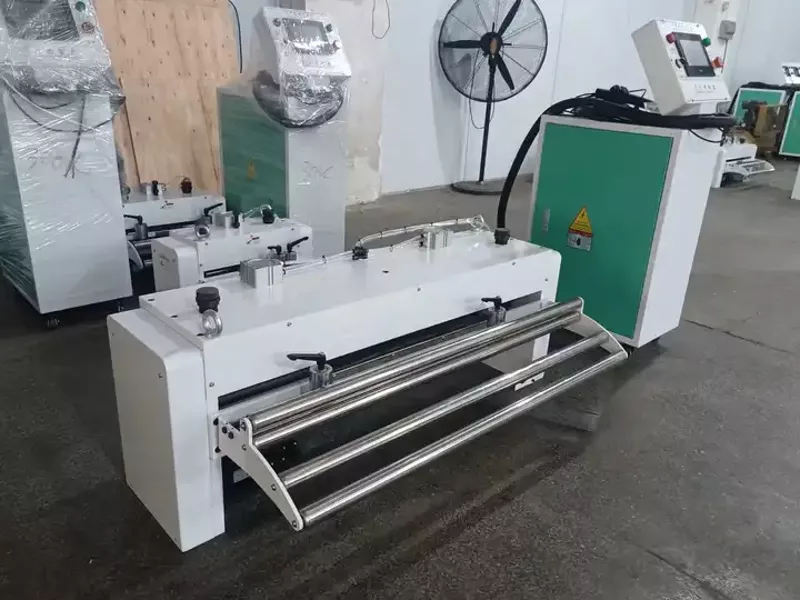
8years foriegn trade experience Easily grasp customer needs Keeping good relationship with customers

